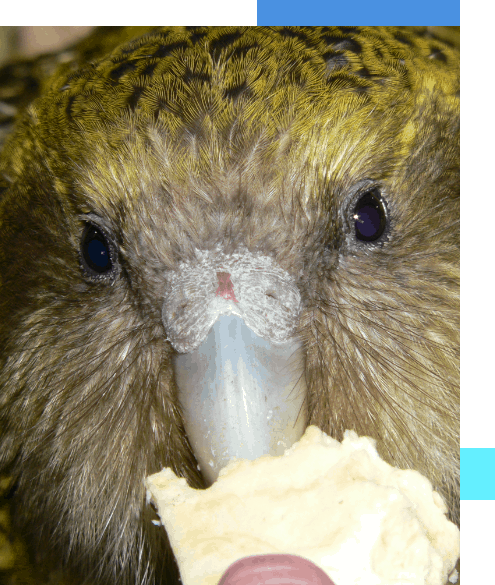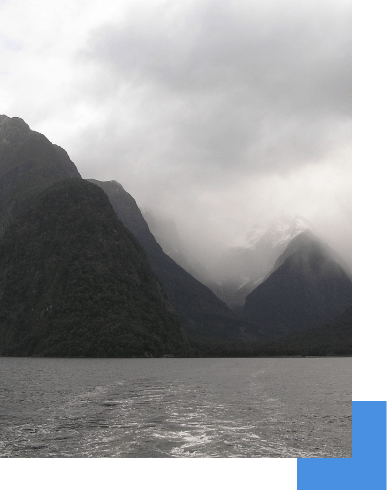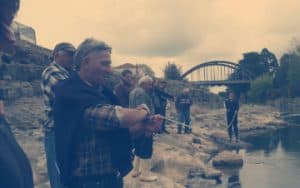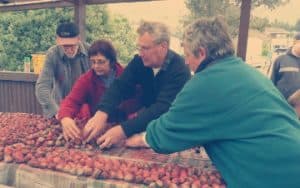
Cultural Impact Report
For Te Arahanga, and consistent with the RMA Act (1991), a Cultural Impact Report measures the social, cultural, environmental and economic impact on whānau, hapū and iwi. For Te Arahanga our methodology is simple; Interviews with all those whānau, hapū and iwi effected by the proposal, interviews with kaumātua and kuia to establish their views and a whakapapa for the tāiao and the people connected to it, and full document reviews of everything written about the tāiao.
What is a Cultural Impact Report?
A cultural impact report identifies all aspects of cultural impact that are made by any modifications to the taiao. It should establish the connection of the whanau, hapū and Iwi to the rohe (area) and provide them with an opportunity to identify cultural imperatives for the whanau, hapū and iwi. A good cultural impact report should also provide for the cultural, social, environmental and economic effects on iwi.
It also provides an opportunity to review all plans and reports through a cultural lens. It should also remind the agencies, Local and Central Government of their obligations under Treaty Settlement Legislation and provide the agencies with enough information to mitigate against negative cultural impacts.
Benefits of a Cultural Impact Report
Establish the connection of the whanau, hapū and Iwi to the rohe (area)
Identify cultural imperatives for the whanau, hapū and iwi
Show the cultural, social, environmental and economic effects on iwi.
Opportunity to review all plans and reports through a cultural lens
Mitigate against negative cultural impacts

What's Involved?
A Cultural Impact Report is often called for as part of a resource consent.
Te Arahanga looks at four categories for Cultural Impact Reports, Social, Cultural, Environmental and Economic.
The Social Impact looks at the historic interaction between the whānau and the Tāiao and the interaction with the social structure of the hapori, will any alterations to the tāiao limit the way the whānau, hapū and iwi inhibit the traditional way iwi katoa interact with each other.
Will they still be able to harvest, swim and fish together if the tāiao is altered? The Cultural content refers to the mana of the whānau, hapū and iwi, will they still be able to feed their manuhiri traditional foods from the rohe, will they still be able to teach their moko how to interact with the tāiao.
The environmental (tāiao) refers to the impact of the project on the tāiao. For Te Arahanga we will look at the use of the tāiao , historically, in the present tense and in future potential impacts.
Economic considerations look for information with the same criteria.
What were the historic state of the economy of the rohe, what is the current economic state of the rohe and what is the potential economic risks and potential of any new project on whānau, hapū and iwi?
Understand The Cultural Impacts Made By Any Modifications To The Tāiao
Get a cultural impact report


